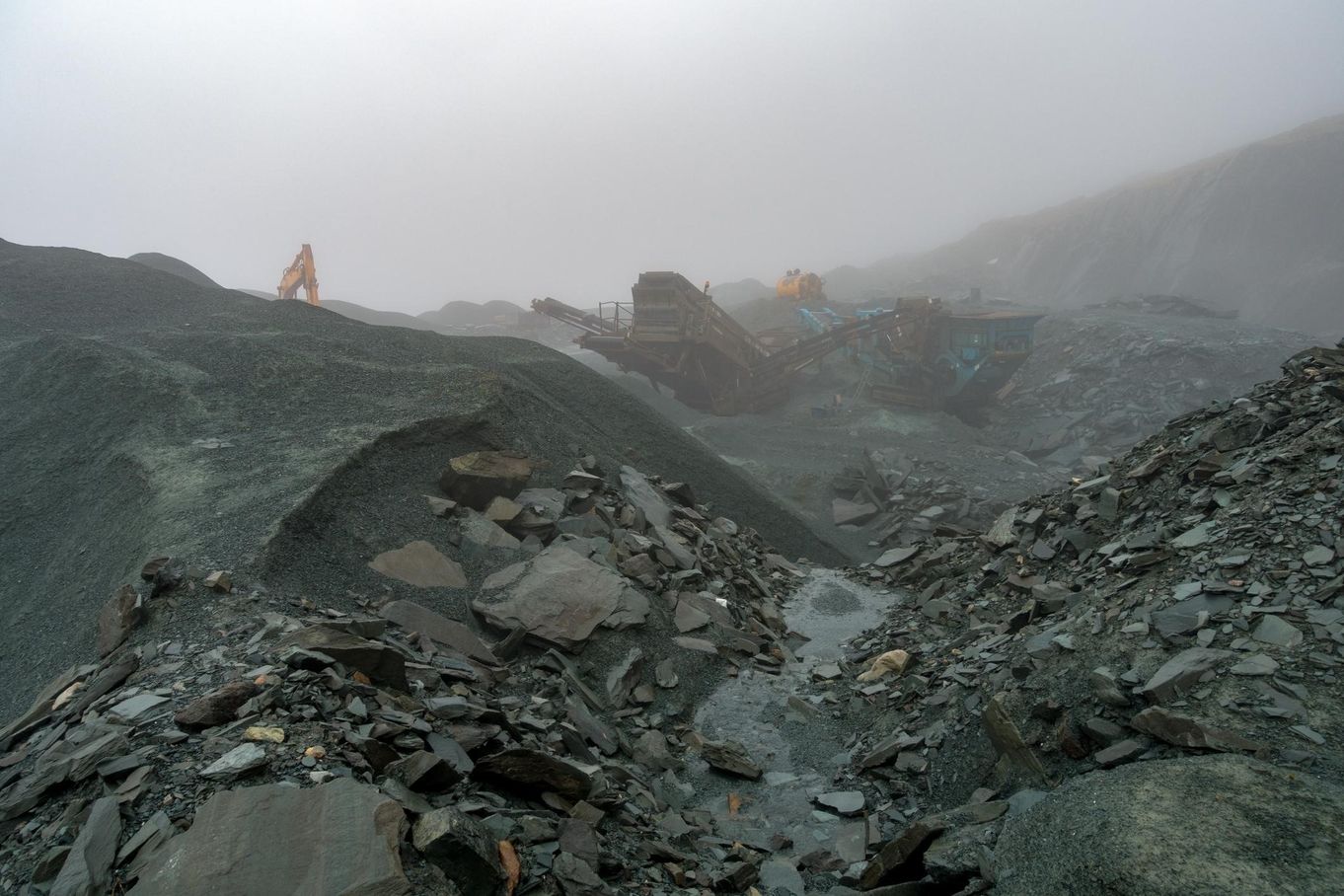The History of Keswick
The recorded history of Keswick doesn’t begin until the Middle Ages, but there’s evidence to suggest that people have lived in the area since prehistoric times.
Castlerigg Stone Circle is a popular attraction for visitors to Keswick which shows us that people lived in the area at around 3000 BC during a time called the Neolithic period. The purpose of the stone circle is unclear: archaeologists have speculated that the large internal space and “entrance” area of the stone circle suggest that it might have been a meeting place, maybe as a place for trading, social gatherings, or religious ceremonies. Three axes from the Neolithic period have been found within the stone circle; archaeologists have also found evidence of what they call the “Langdale axe industry” after discovering Neolithic stone tools in the Langdale area, so the Castlerigg stone circle might have been a trading place for these tools.
Let’s jump forwards through Keswick’s timeline to the Roman occupation of Britain, which took place between 43 - 410 AD. Evidence of a Roman fort was found near Castlerigg stone circle in 2008, when a group of volunteers on a dig near the stone circle used magnetometers (instruments which can detect buried structures) to find evidence of what they believe was a Roman camp. The site, about two miles from Keswick town centre, measured 200m x 200m, roughly the size of eight football pitches, and archaeologists suggest that it was probably a temporary camp capable of housing large numbers of Roman troops. Archaeologist Mark Graham explained that, “It could have been an important part of the first push to ‘Romanise’ the area, perhaps as early as 70AD.” As the structure is completely underground, with no evidence on the surface, the only way to properly date the structure would be an official dig and excavation, although there are currently no plans to do so. However, this is certainly a good indication that there was some Roman occupation in the Keswick area, of which there had been no evidence until this discovery.
Another big influence on Keswick’s history was the Vikings. Many of the place names surrounding the Keswick area end in the Scandinavian “keld” or “thwaite” (meaning “spring” and “clearing”), such as Braithwaite, Bassenthwaite, and Threlkeld, and as there was a strong Viking presence in Cumbria in the tenth century, it’s very likely that they could have settled in the Keswick area too. Experts have speculated about the origins of the name Keswick: one academic has suggested that the name is of Danish or Norse origin, and means "Kell's place at the bend of the river", while others suggest that Keswick is a combination of the Old English word “cēse”, meaning “cheese”, and the Scandinavian initial "k" and "wīc" which means “dwelling”, which would roughly translate to “cheese town”!
As well as place names, we might also have the Norsemen to thank for a much-loved local animal; the Herdwick sheep. An indigenous animal to the Lake District, these hardy sheep are much beloved by visitors to the area, and are vital to maintaining the landscape of the Lake District. They were probably introduced to the area between the 10th and 12th centuries, although their origins are unclear. The origin of the name Herdwick is herdvyck, meaning "sheep pasture", which is recorded in documents dating back to the 12th century. Some experts have suggested that the breed was introduced by Norse settlers in the 10th century due to the origin of their name.
Recorded history in Keswick starts in the Middle Ages, when in 1181, a monk called Jocelyn of Furness, who was a hagiographer (a monk who writes biographies of saints) based at Furness Abbey, wrote about a new church which had been founded at Crosthwaite, Keswick, by the Lady of Allerdale. In 1189, the church at Crosthwaite was given to Fountains Abbey. Agricultural land around Keswick was controlled by Fountains Abbey and Furness Abbey during the 13th century for sheep farming, making Keswick the hub of monastic farms in the area.
After the dissolution of the monasteries between 1536 and 1541, the abbeys no longer owned the farms surrounding Keswick. This meant that local landowners and farmers were able to take control of trading sheep and their wool, which the town market centred around. Keswick was granted a charter for a market in 1276 by King Edward I, and that same market is still held in Keswick to this day.
Throughout the 16th and 17th centuries, Keswick’s main industries became agriculture and mining. Copper mining brought wealth to the area, and during the reign of Elizabeth I, the demand for copper increased, as it was required to make weapons and warships. In 1564, due to a lack of skilled workforce in the area, expert miners came from Germany to mine the copper. A new substance was found by the miners, called “black lead”, which is what we now know as graphite. The demand for copper died out by the early 17th century, but graphite mining would continue to be a source of industry for years to come. By the second half of the 18th century, graphite was being used for making pencils; pencil making in Keswick would go from being a cottage industry to the creation of the UK's first pencil factory in 1832, and a major source of employment in the area. Slate mining also became important for the area, with the first records of quarrying at Honister slate mine being dated during 1643.
Keswick is now a hugely popular tourist destination, and this began in the late 18th century thanks to the works of influential figures such as the Lake Poets, and their descriptions of the beauty of the area began to drive people to visit. The outbreak of war across Europe meant that upper class people were less likely to travel around European countries, as they had done previously, so domestic tourism increased in popularity. The creation of the Cockermouth, Keswick and Penrith Railway line in 1861 also made the town more accessible for tourists.
By the 20th century, tourism had become Keswick’s main industry, with the pencil industry being the second largest source of employment. Whilst the pencil factory relocated to Workington in 2008, the Derwent Pencil Museum still remains on the original site, dedicated to an industry which employed workers in Keswick for almost two centuries.
Tourism continues to be Keswick’s chief industry in 2018, which is no surprise; Keswick boasts a rich history spanning all the way back to the Neolithic period, with beautiful surroundings, and a huge variety of things to see and do for people of all ages.
To find out about Keswick’s attractions and activities, visit our website here.



